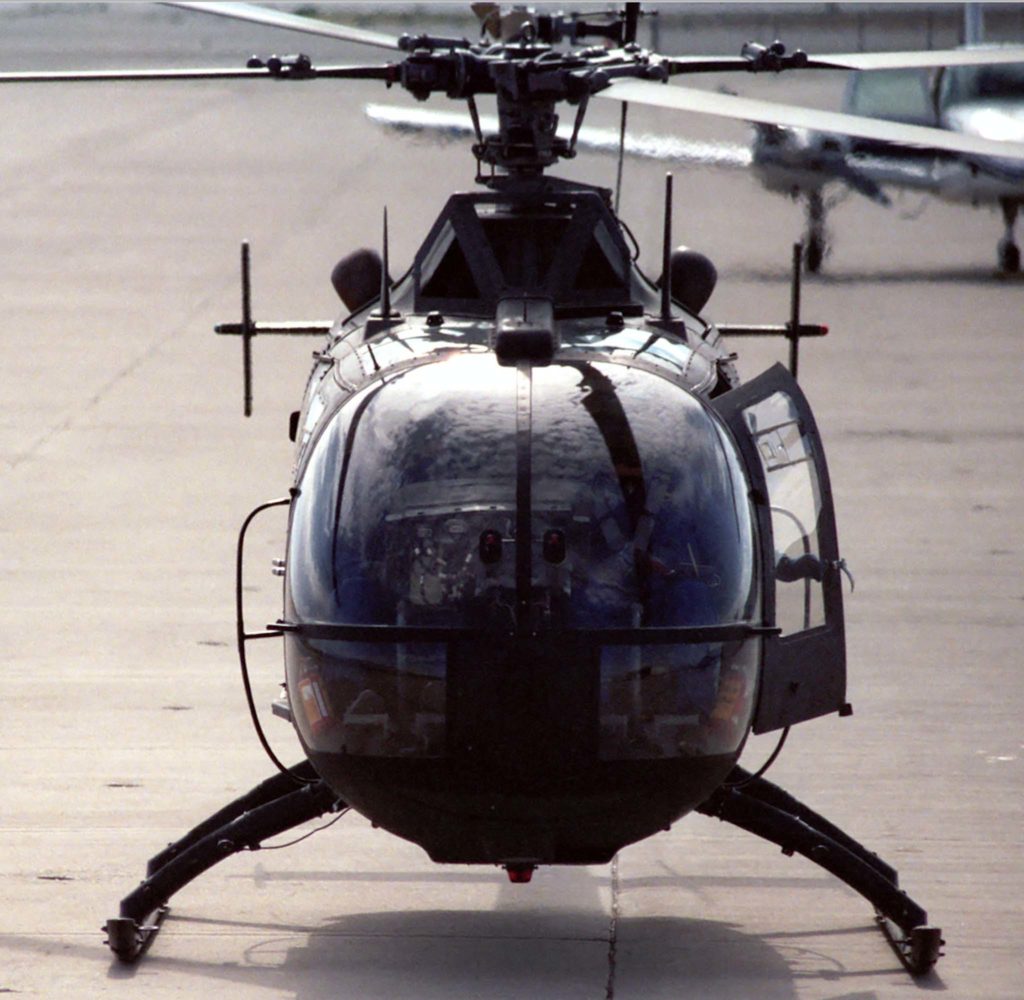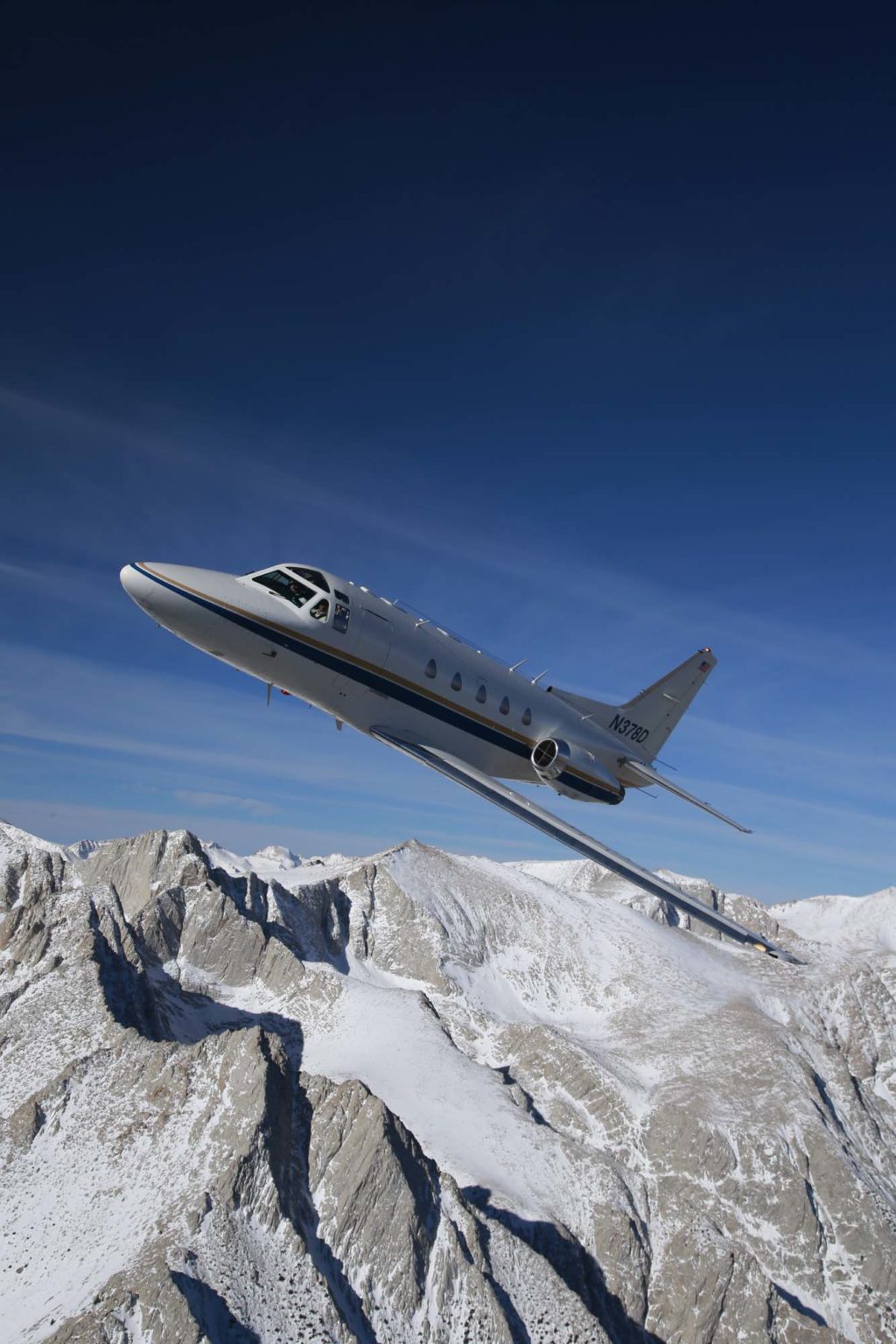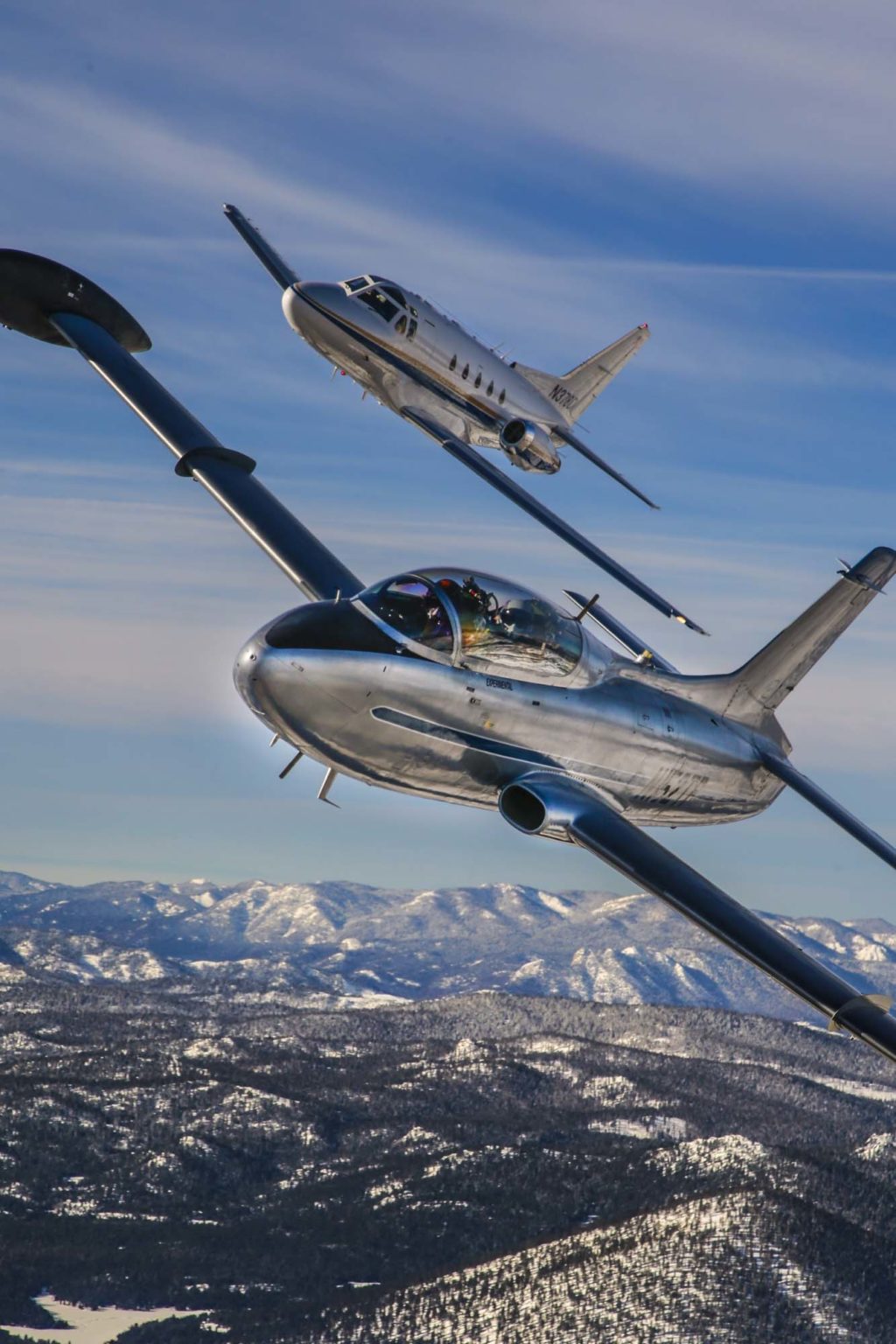Upset Recovery


“ ‘Airspeed is life’ becomes a mantra and you learn that trading energy for safety can be the way to live.” ~David Zara
Eliminating the ‘startle factor’
The philosophy behind upset recovery is the same everywhere. The idea is to eliminate the ‘startle factor’ and teach you to return to a normal and safe flight envelope should you find yourself on the wrong end of a wake encounter or dangerous situation. To do that you have to learn to exit the normal flight envelope we are used to. There are numerous recent instances of aircraft coming into harm’s way. Some, if not all, could have been avoided with proper training. Air France’s AF447 fated flight from Rio, American Airlines’ AA 587, Air China’s CA006 and the recent Challenger 604 excursions from level flight all share some characteristics, namely strong ‘startle factors’. The Air France pilot’s long plight into the sea might have been avoided had they been trained in high altitude stalls. Both crews of Air China’s Boeing 747SP and the Challenger 604 managed to recover from extreme attitudes. The crew of CA006 were able to recover after a loss of 30,000 feet and the crew of the 604 recovered after a harrowing experience. Some would call it a miracle. Instructors and graduates of Upset Recovery courses will tell you that though miracles can indeed occasionally happen, it’s best not to count on it. Thorough and appropriate training is what produces satisfactory results.


Pushing the envelope
Flight Research is a school dedicated to extirpating the best out of pilots. It does this with methodical teaching methods and absolutely nothing is left to chance. Students are first introduced to how flight envelopes and limits are established. The object of the course is to provide the theoretical and practical understanding to get the most benefit from the flights in their Sabreliner and Aermacchi Impala aircraft. These particular machines were chosen for a very specific reason in that they mirror the behaviour of most corporate jets but have wider military envelopes. You can go farther to the edge without danger to learn the proper recovery techniques.
Most pilots and passengers alike spend almost all of their flying time somewhere between takeoff and landing at 1G. At 60 degrees bank an aircraft is pulling 2Gs in level flight and at 75 degrees it increases to 3.9Gs. This is enough to startle many pilots into stupor, confusion and paralysis. The course eliminates this window of confusion by drilling life-saving counter-measures to return the vessel to normal flight. Students are taught in terms of energy and the differences between Kinetic, Potential and Chemical energies and that converting loss of altitude for airspeed can mean saving the day. ‘Airspeed is life’ becomes a mantra and you learn that trading energy for safety can be the way to live. Most importantly we were taught about energy mismanagement and its potential consequences.

“Rudder should not be used to control bank angle and at Va or manoeuvring speed only one control should be used at a time” ~William ‘Stryker’ Korner
Some bad habits acquired over years of ‘misinformation’ must be first shed. Poor use of rudder is one glaring example of poor technique. Students are drilled that rudder should not be used to control bank angle and that at Va or manoeuvring speed only one control should be used at a time.
A control can be deflected to full stop to recover from an upset but must then be returned to neutral before any further deflection. We were taught about aero-elasticity and the best method to exit flutter modes and to avoid using speed brakes lest you generate unwanted vibrations. Mach tuck and transfer of lift-centre aft, Mach buffet, shock stall, transonic flight and loss of lift and buffet and buffet boundary, swept-wing aerodynamics, structural limits, aircraft aluminium characteristics and longitudinal static stability explanations whizzed by us as we all anxiously awaited the actual flights with our instructors. Imagine experiencing the proverbial ‘drinking out of a fire hose’ scenario yet it all made sense when explained properly. The academic workload seems daunting and intimidating at first but instructors concentrated on easy-to-understand explanations to navigate us through the graphs on the screen.

‘Software’ driving the machinery
The flights were surprisingly anti-climactic. It’s exactly what the school intended them to be: the natural conclusion to solid academics. Lest you think they were boring, let me dissuade you from that thought. They were fun with a capital ‘F’ but they weren’t scary nor did Gomez startle me. The speed at which some manoeuvres evolved was a bit surprising but not disorienting in any way.
Back on the ground at Mojave I felt a few inches taller. I felt some very important lessons were drilled into me and, for the life of me, I cannot imagine anyone skimping on the most important element of any flight. It’s the ‘software’ driving the machinery: the pilots whose training may one day make all the difference between a safe landing and a sad tale and subsequent newscast in the evening news.
Andy Warhol once said everyone would get their 15 minutes of fame. Flight Research wants to make sure it’s in another field.






